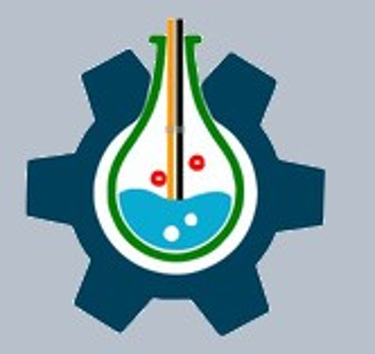Non-Destructive Testing (NDT) Methods – Training Options
Visual Testing (VT)
Basic inspection with the naked eye or tools like magnifiers, borescopes.
Ideal for detecting surface defects such as cracks, corrosion, or misalignment.
Ultrasonic Testing (UT)
Uses high-frequency sound waves to detect internal flaws or thickness.
Commonly used in weld inspections, castings, and forgings.
Radiographic Testing (RT)
Uses X-rays or gamma rays to detect internal discontinuities.
Provides a permanent image (film or digital) of weld integrity and voids.
Magnetic Particle Testing (MPT / MPI)
Detects surface and near-surface discontinuities in ferromagnetic materials.
Useful for cracks, seams, or inclusions in welds and castings.
Radiographic Testing (RT)
Surface-level defect detection method using dye and developer.
Effective for non-magnetic materials like stainless steels and aluminum.
Eddy Current Testing (ET)
Uses electromagnetic induction to detect surface and near-surface flaws.
Often used in aerospace, tube inspections, and conductive materials.
Acoustic Emission Testing (AET)
Detects short bursts of stress waves emitted by sudden crack growth or deformation.
Useful for real-time monitoring of pressure vessels and structural materials.
Leak Testing (LT)
Detects leakage in pressure vessels, pipelines, and containers.
Methods include soap bubble, pressure drop, and helium leak tests.
